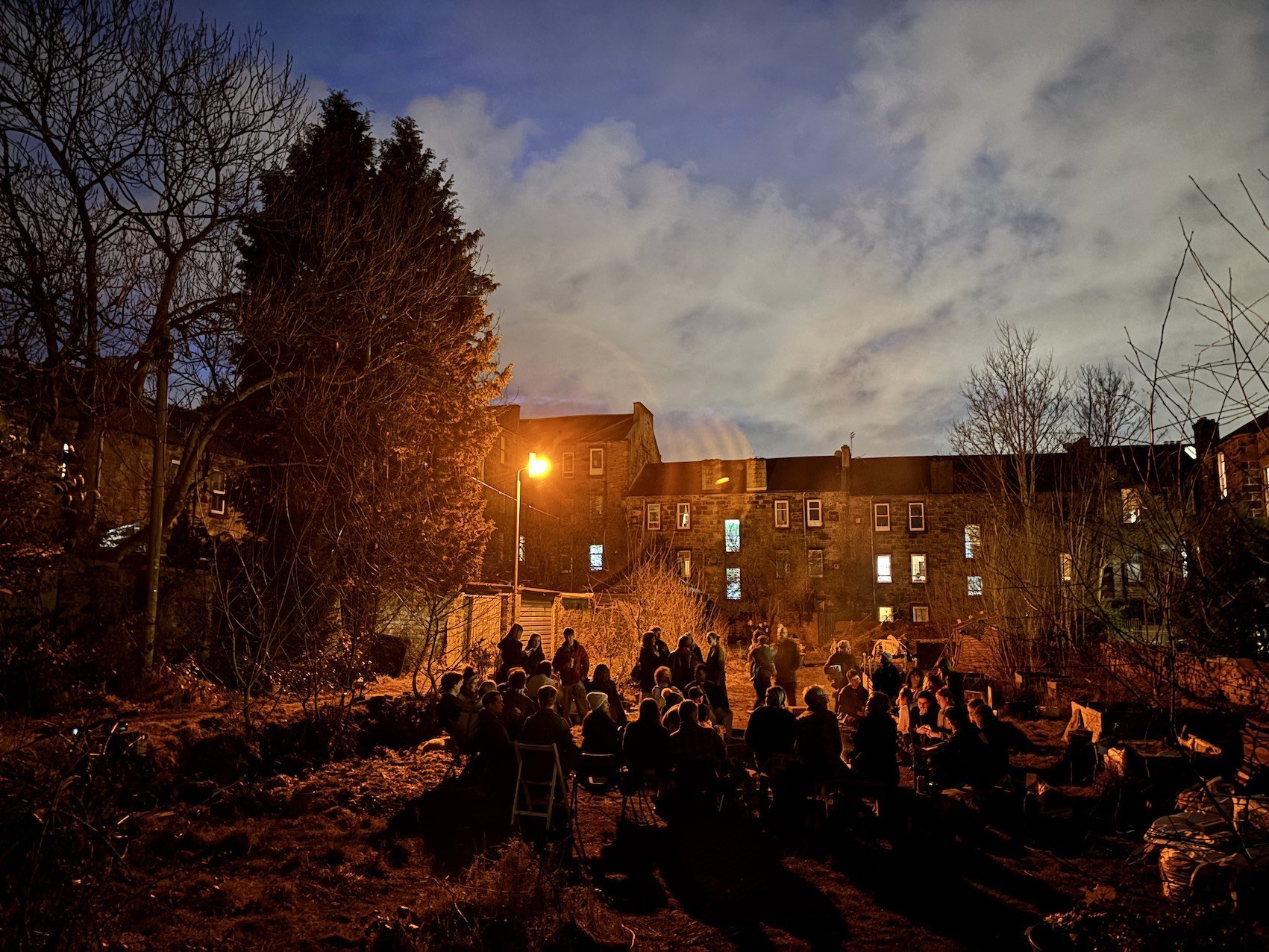Building trust: learning lessons from nature
When nature took the lead in restoring a Czech wetland, a colony of beavers accomplished what years of planning couldn’t. Cath McNally from Corra Foundation explores how their instinctive, collaborative work offers a metaphor for how communities thrive when trusted and supported.
By Cath McNally, Corra Foundation | Photo from pixabay.com
I recently came across a remarkable story about the Brdy Protected Landscape Area in the Czech Republic. This area, once a military training ground, had been heavily altered by artificial drainage systems and land reshaping. In 2018, planners recognised the need for change and designed a dam project to restore wetlands in the region. However, bureaucracy and disputes over land ownership stalled progress for years.
Then, at the start of 2025, nature stepped in. A colony of beavers built a series of dams precisely in the spot where humans had planned them – on a bypass gully created by soldiers decades ago.
What’s even more astonishing is the scale of their work. The beavers didn’t just meet expectations; they exceeded them. Their dams have doubled the size of the wetland originally planned, creating a vibrant ecosystem teeming with life. Birds now sing from newly formed reed beds, fish dart through clear waters, and native plants thrive in rejuvenated soil. Conservationists are thrilled, not only by the ecological benefits but also by the ingenuity and precision of the beavers’ work.
It might seem unlikely to compare those brilliant beavers with community volunteers here in Scotland, but for me, the parallels are clear. Volunteers are like those industrious beavers – quietly transforming landscapes, not with planning permission or land use consultations, but with instinct, care and action. They work tirelessly, building bridges between people and creating spaces where communities can flourish.
Just as beavers construct dams that bring water and life to barren lands, volunteers build networks of support that nourish and sustain their communities. They are the engineers of connection, crafting ecosystems of belonging and resilience that allow people to thrive.
Feel Good Women’s Group
From community gardens like Agnew Lane in Govanhill, where neighbours share laughter and fresh produce, to local cafes like Fulton’s on Victoria Road where strangers become friends over coffee, and community groups like the Feel Good Women’s Group where experiences are shared, these efforts are mirrors of the beavers’ ponds – both are places where life bursts forth in unexpected ways. Volunteers are the guardians of these community wetlands, ensuring they remain vibrant and inclusive. They work with the same instinct and dedication as the beavers, often exceeding expectations and creating something truly remarkable.
But here’s where I see the lesson for public bodies in Scotland: it’s not just about stepping back; it’s also about stepping up to support communities in achieving their goals. The conservation agency in Brdy didn’t obstruct the beavers – they embraced their work, recognising its value and amplifying its impact. Similarly, public bodies must learn to trust communities while providing resources and encouragement to help them flourish.
Agnew Lane by Rob Reid
Too often, large institutions try to control or direct grassroots efforts instead of enabling them. Like the planners who struggled to build their dam while the beavers quietly got on with it, large institutions sometimes forget that those closest to challenges often have the clearest view of solutions - and the most passion to see them through.
So perhaps it’s time for public bodies in Scotland to take a cue from those industrious Czech beavers – and their supporters in the conservation agencies. Step back when needed but also step up when asked. Trust communities to identify their own priorities and meet them in ways that work best for them.
I believe that whether it’s crafting dams or developing communities, sometimes the most impactful thing large institutions can do is get out of the way – while offering encouragement and support to let communities flourish with care and creativity.
This opinion piece is part of a series of articles paid for by the Corra Foundation.


